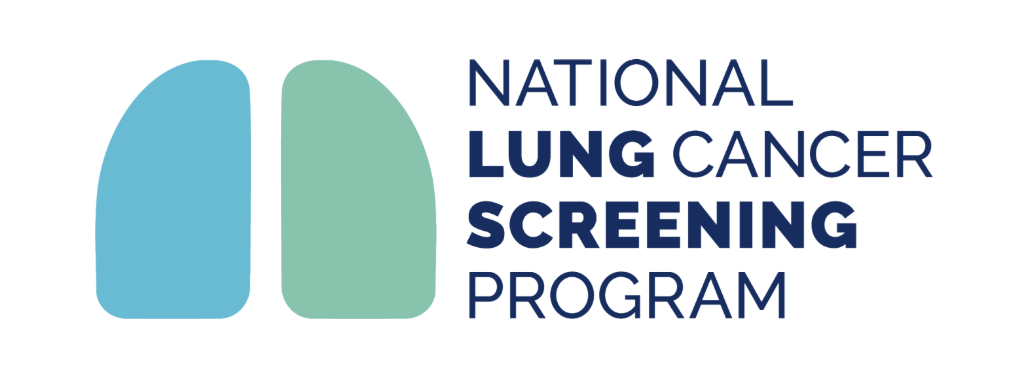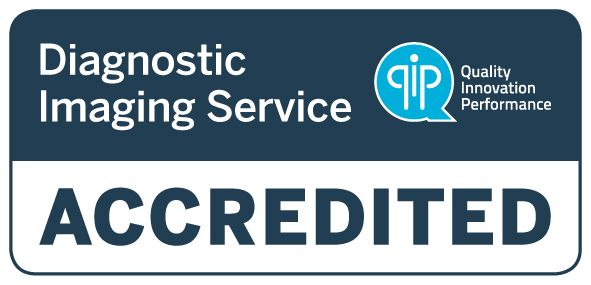Nuchal Translucency Scan
What is a Nuchal Translucency Scan?
A Nuchal Translucency Scan is a prenatal screening ultrasound scan to detect chromosomal abnormalities in a fetus.
It is part of the ultrasound scan that most pregnant women have at around 12 weeks of pregnancy.
Why Have a Nuchal Translucency Scan?
The scan measures the fluid-filled space at the back of your baby’s neck (nuchal translucency)
A Nuchal Translucency Scan that shows an increased thickness of the nuchal translucency might indicate a chromosomal abnormality, but it doesn’t tell you that your baby definitely has, or doesn’t have, an abnormality.
Since chromosomal abnormalities can result in impaired cardiovascular development, a nuchal translucency scan is used as a screening rather than a diagnostic tool.
What Can a Nuchal Translucency Scan Show?
There are two distinct measurements: the size of the nuchal translucency and the thickness of the nuchal fold.
The results will tell you if your baby is at high risk or low risk of chromosomal abnormality in comparison to the general population. Examples of chromosomal abnormalities include:
- Down syndrome,
- Patau syndrome,
- Edwards Syndrome, and
- Non-genetic body-stalk anomaly
How is a Nuchal Translucency Scan Performed?
Usually, the scan is done through your abdomen but occasionally the nuchal translucency can only be seen by inserting a probe into the vagina.
You might also be offered a blood test around this time.
Nuchal Translucency Scan Results
The results of the scan will be sent to your doctor, who will discuss them with you during your next appointment.
Your doctor can look at the results of the combined test (blood test and nuchal translucency scan) to get a more accurate picture of the risk of a chromosomal abnormality.
High-risk Nuchal Translucency Scan Results
The results of the nuchal translucency scan will not be used alone to calculate the risk of a chromosomal abnormality.
All your first-trimester screening is combined to calculate your risk. The calculation based on the mother’s age, the nuchal translucency measurement of your baby, the gestational age of the baby, blood tests and the baby’s nasal bone.
If you have a risk of 1 in 300 or greater (e.g. 1 in 150) you are considered to be in the “increased risk” category.
Even if you are classified as high risk, your baby probably doesn’t have a chromosomal abnormality.
You may be referred to a genetic counsellor. They will discuss your options and help you to decide if you would like to have a more invasive diagnostic test to confirm definitively if your baby has a chromosomal abnormality or not.
Are Nuchal Translucency Scan Required?
It is your decision to have a Nuchal Translucency Scan. You might choose to have a nuchal translucency scan or you may choose to go straight to one of the more invasive diagnostic tests instead to get a definitive answer.
It’s important to be well informed and discuss the different options available to you with your doctor.
Preparation for a Nuchal Translucency Scan
We require you to have a full bladder during this scan. Please drink 500ml of water one hour before your appointment and try your best not to empty your bladder. If you think you will find this difficult, please talk to us at the time of booking.
On The Day of a Nuchal Translucency Scan
On arrival, you will be asked to complete a pre-scan questionnaire.
It’s a good idea to dress in a separate top and bottoms, as this makes accessing your abdomen easier.
Due to the medical nature of the appointment, we ask that you are accompanied by one person. If you want to bring another child, it’s important to be aware that sometimes an internal examination is also required, and during this, the child will need to leave the room and be supervised.
During a Nuchal Translucency Scan
This Nuchal Translucency ultrasound examination is may take up to an hour. More complex exams may take a longer period of time.
During the Nuchal Translucency Scan you will:
- be asked to lie down on a bed and your abdomen will need to be visible.
- a sonographer will apply a warmed gel to your abdomen. The gel both helps move the probe over your abdomen and towards the pelvic/ovarian area and allows the sound waves to best travel from the transducer to the examined area within the body and then back again.
- a sonographer will measure the fluid at the back of the baby’s neck.
- the radiologist will ensure all the necessary images are captured. This means that sometimes the Radiologist will come into the room. If this is the case you will be consulted before this happens.
You are not permitted to take photos or video during the scan. This is a medical procedure, and whilst we appreciate you are excited, the health of your baby is our primary concern and we ask for your support and understanding during this clinical appointment.
In some cases, a transvaginal ultrasound is also performed.
After a Nuchal Translucency Scan
Your radiologist may ask you to stay for up to an hour after the CT Coronary Angiogram, to ensure that there are no side effects or reactions to the contrast medium.
After the procedure, you will usually be able to return to normal activity immediately.
Patients will be able to drive home after the procedure.
Following the completion of the scan, you will be advised regarding the outcome of the tests. Follow up of the outcome of your test is important.





